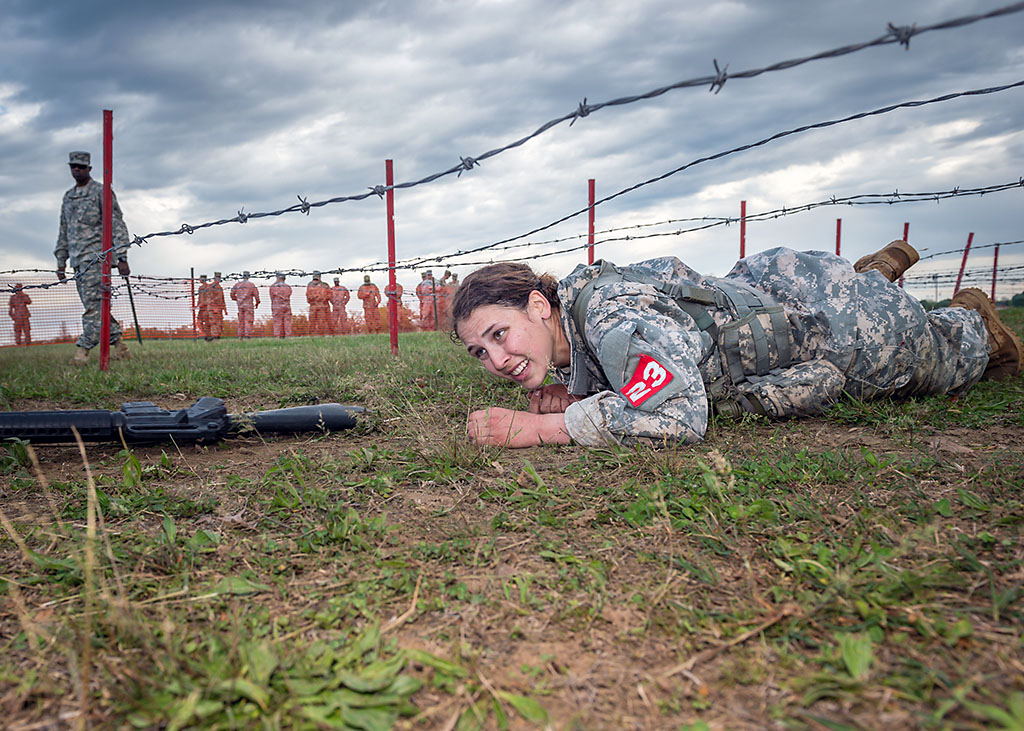Written by Sgt. Samantha Stoffregen
1st Brigade Combat Team, 101st Airborne Division (AA) Public Affairs
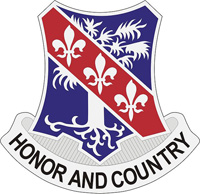

Fort Leonardwood, MO – For the first time ever Army-wide, a female engineer not only finished all 50 hours of the competition this year, but finished in the top ten.
2nd Lt. Leah Mullenix, 326th Brigade Engineer Battalion, 1st Brigade Combat Team, 101st Airborne Division (Air Assault) didn’t set out to make history, she only wanted to challenge herself physically and mentally.
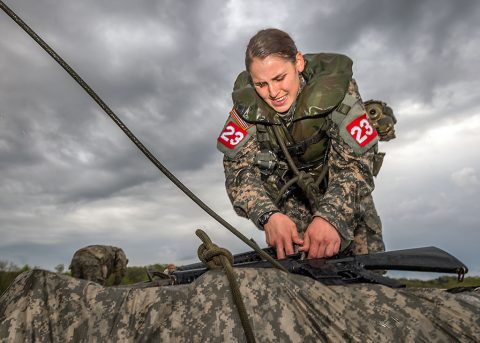
The competition boasts “50 teams, 50 miles, and 50 hours” of all-encompassing engineering tasks from tactical obstacle planning, road crater emplacement, and urban breaching.
“For me, most of the decisions I’ve made, especially in the Army, are meant to challenge myself,” Mullenix said. “So I jumped on the opportunity [to compete] as another way to challenge myself and prepare for Sapper School.”
Mullenix and her partner, 1st Lt. Edward Colon, 326th BEB, 1st BCT, began training about eight weeks prior to the competition, focusing on ruck marches and upper body weight training.
“We were rucking 30 to 40 miles a week; that was the focus because we knew we’d be going 50 miles in three days,” Mullenix said. “We also did weight training, working on upper body and overall strength training. Days we didn’t ruck, we’d run and we’d do our longer rucks on the weekends.”
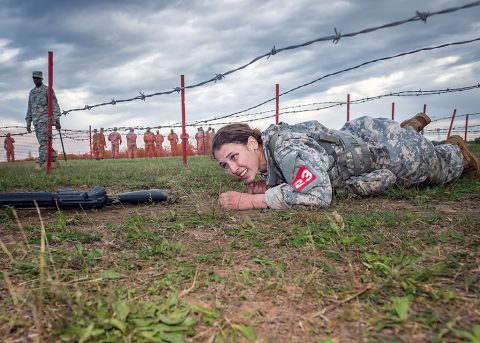
The team completed their longest ruck of 20 miles before heading to the competition. They also tackled four 16 mile rucks and several 14 milers.
“We spent so much time together training up, we knew each other really well, which helped make us a strong team,” Mullenix said.
As the competition neared, they team combined long ruck marches or runs back to back with weight training or engineering tasks to better prepare themselves for the strenuous competition.
During their training, Mullenix said they also focused on a number of engineering tasks and Sapper skills to help prepare them for the competition.
Mullenix said the training she received was a first for her, but was tackled with excitement and high motivation. She added that her favorite portions of the train-up were learning and executing the mountaineering skills she was taught and the urban breaching training day.
Crispino said he wasn’t concerned about sending a female-male team to compete in a competition historically filled with male-male engineer teams.
“Personally I’ve done a lot of competitions-triathlons, running races- and against males I usually do very well, but every race I go to I get beat by a female,” Crispino said. “And if you really want to get scientific about it, you look at how Olympians and top level athletes do with males and females and the differences at the top are very slight.”
Look at the results, he said, she went out there and held her own.
“I knew she could do it and she proved it,” Crispino said. “She did really well in all of our fitness tests used to screen our candidates. Physically, I knew she could hang.”
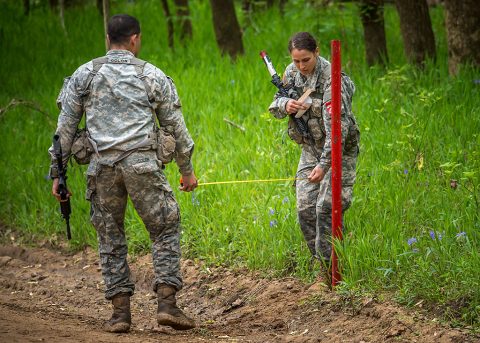
Crispino said after seeing the competition last year he knew it’s not necessarily the strongest or fastest team that wins the competition, but a combination of both fitness and brains, which he knew his team had.
“I’m really proud of them both,” Crispino said. “They put in a lot of hard work.”
Mullenis said once she heard about the competition and how hard it was going to be, she was nervous about being one of the only females competing but that she tried for the most part not to think of herself as different.
“I just pushed myself as hard as I could,” Mullenix said. “Yeah, it sucked, it was really hard, but it was hard for everyone. It’s definitely the hardest thing I have done in my career, so now everything is relative to that. When I face new challenges, I’ll always relate it back to this, like ‘this is hard, but it could be worse.’”
“By the time we got to the end stretch, there was a lot of support from people who were running right alongside us,” Mullenix said. “That was a crazy experience. A lot of female drill sergeants were out there, so I got a lot of support from other women. They were really excited for me, but so were the other men and teams out there. I know just hearing those people cheering for us and coaching us along was definitely what got me through to the end. That was a huge source of motivation.”
Mullenix will complete Sapper School later this year and then head to an engineering platoon.
“She’s going to make a great platoon leader when we put her into that position,” Crispino said. “She’s been in the unit since December 2015, so I haven’t known her for very long, but she’s got just an overall good attitude towards everything we’ve asked her to do since she’s been here. She’s attacked every challenge thrown at her with a smile on her face. I look forward to seeing her at [Sapper] graduation.”
Mullenix added she hopes to possibly mentor future Sapper Eagles for the competition and see more females participate and eventually take home the title of Best Sapper.
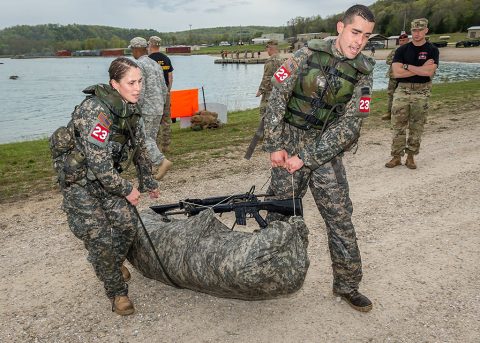
“I think as a society in general, we limit what we think women can do, and not because women are less, just that it’s what we’ve been taught,” Mullenix said, adding that even she fell into that thought process about herself in regards to the competition. “There are women out there that can do it, it’s just a matter of us going out and showing we are on the same level. The biggest thing I can say to other women is don’t limit yourself. If you want to do something, or you want to train, the sky’s the limit. If you limit yourself before you even have the chance to go out there and do it, that’s the worst thing we can do.”
Ultimately, she’d like to compete again in the Best Sapper competition with a female partner to set the example for other females and Soldiers to follow.
“From what I’ve seen, a lot more women are joining the engineer regiment, which is awesome,” Mullenix said. “We just need more women to come out and represent.”

